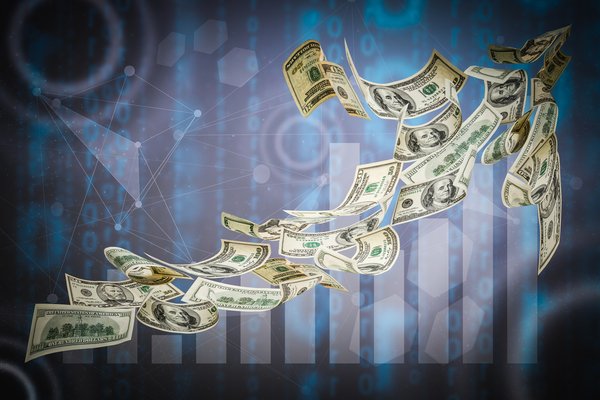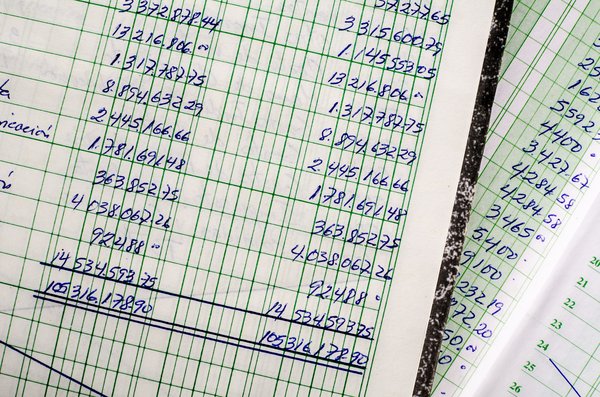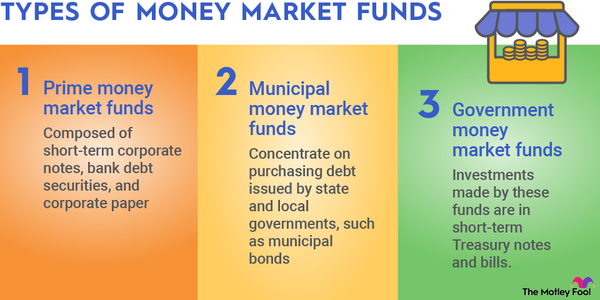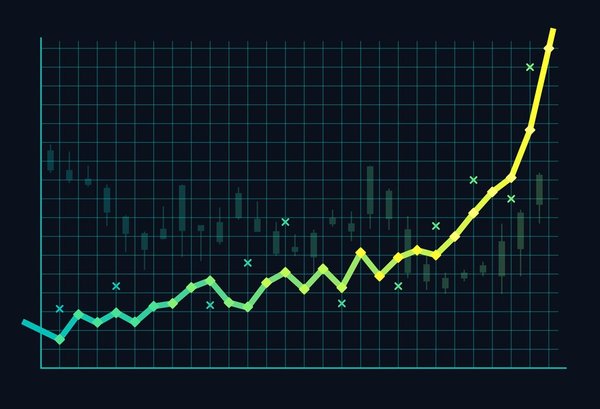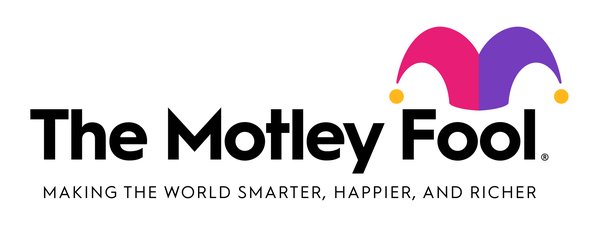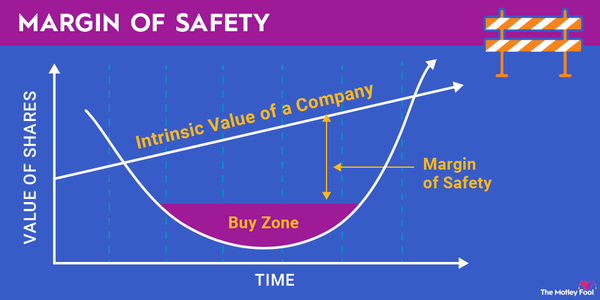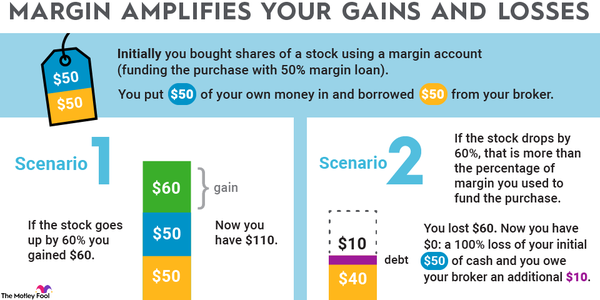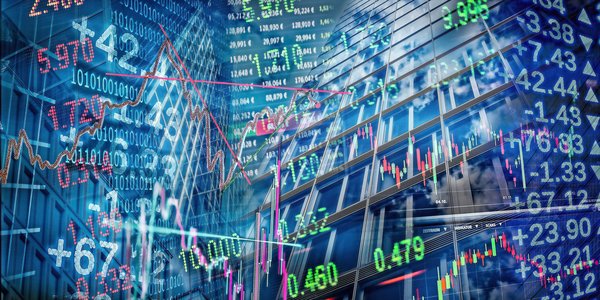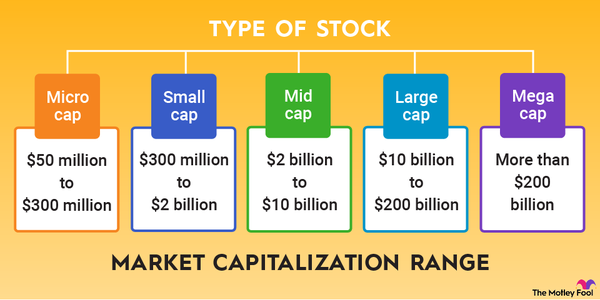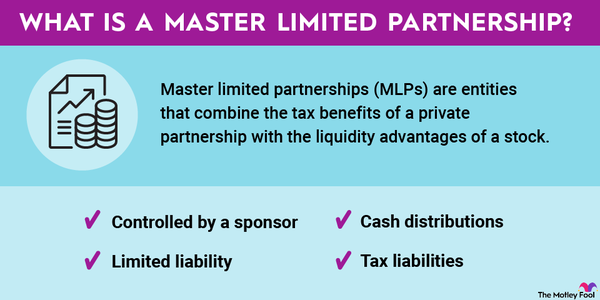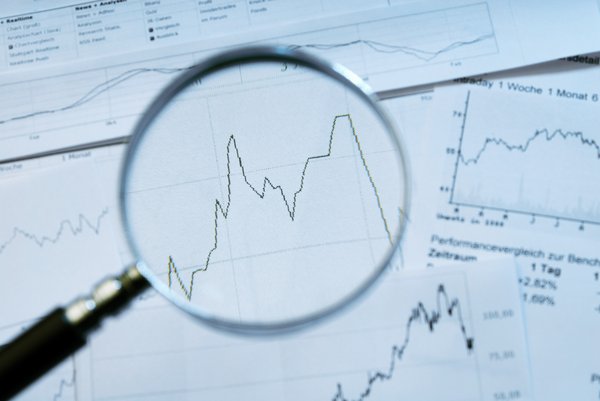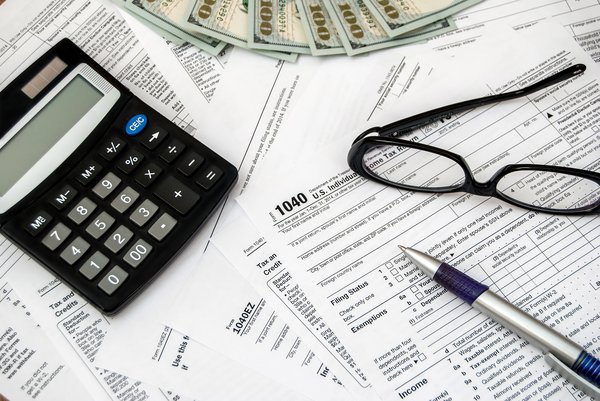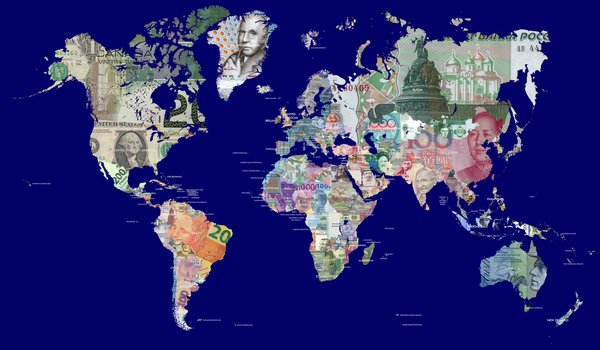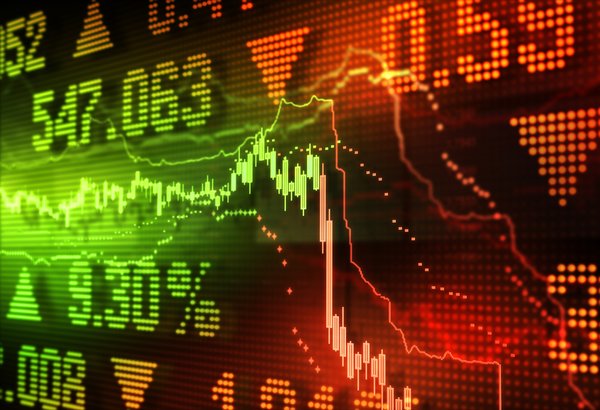Macroeconomics is the study of the broader economy. It's a branch of economic study focused on how changes in economic output, inflation, interest rates, and other factors affect economic performance. It helps give policymakers a bird's-eye view of the economy, empowering them to make informed decisions.
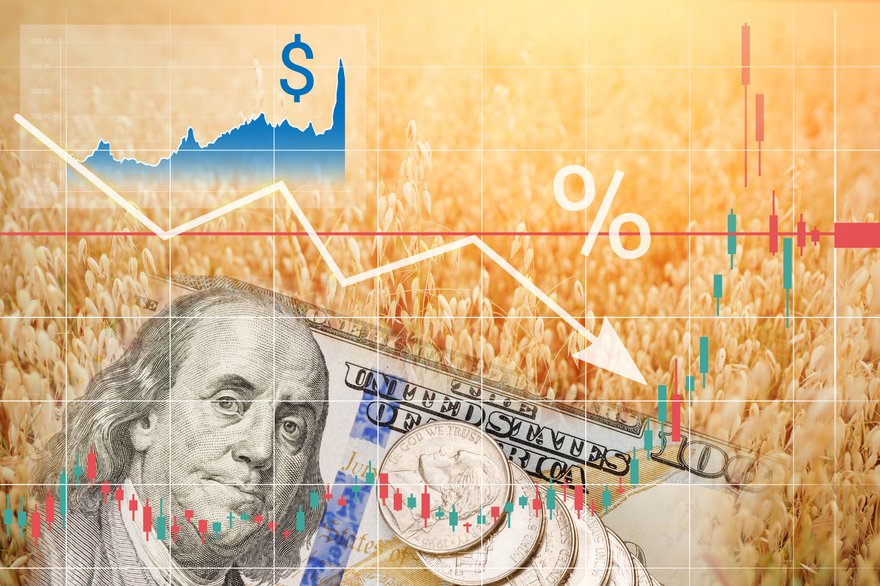
What is it?
What is macroeconomics?
Macroeconomics is the study of the overall economy. This branch of economics includes all players in the economy -- the markets, businesses, consumers, and governments. It also considers all aspects of the economy, including inflation, gross domestic product (GDP), and unemployment.
Macroeconomics is a top-down look at the economy. It analyzes the impact that governments and countries can have on the economy. Macroeconomics differs from microeconomics, which is a more bottom-up view focused on the decisions of individuals and businesses.
Key factors
What are the key factors in macroeconomics?
Macroeconomists study several factors that provide them with a broad picture of the economy's overall health. Macroeconomic factors are key data or reference points used to measure various aspects of the economy. They include:
- Economic growth rate: The economic growth rate measures the change in economic output (goods and services) between periods.
- Unemployment level: The unemployment rate measures the percentage of the labor force that's without a job.
- Inflation: Inflation measures the increase in the average price of goods and services in an economy.
- Gross domestic product: GDP measures the total value of all goods and services produced within an economic region.
Economic factors can be positive, neutral, or negative. For example, GDP rises (positive) when an economy expands and falls (negative) during a recession.
Why it's important
Why is macroeconomics important?
Macroeconomics enables economists to examine the health of the broader economy. They use various economic data points (like the inflation rate, GDP, and unemployment) to develop models that help analyze and predict the direction of the economy.
This information can help policymakers direct changes needed to improve the economy. For example, macroeconomic factors help the Federal Reserve set the federal funds rate. Macroeconomics can also guide Congress in deciding where to direct foreign aid or showcase the need to pass a spending package to help jump-start the economy during a recession.
Expert views
Academic views on macroeconomics

Domenico Ferraro, PhD
The Motley Fool: What is the difference between macroeconomics and microeconomics?
Domenico Ferraro, PhD: “At the cost of oversimplifying, microeconomics studies the behavior of specific markets and individual decisions. Macroeconomics studies the behavior of aggregate economy-wide variables that result from the collection of all individuals’ decisions in the economy, such as output, employment, hours worked, investment, wages, inflation, and the stock market.”
The Motley Fool: How do central banks, like the Federal Reserve, influence macroeconomic conditions?
Domenico Ferraro, PhD: “Central banks influence macroeconomic conditions by changing the short-term nominal interest rate. Changes in the short-term rate then propagate to all other short- and long-term interest rates, including those on mortgages, consumer credit loans, and loans and credit lines to firms. Lower interest rates make borrowing cheaper, thus incentivizing corporate investments and consumer purchases of durable goods such as cars, TVs, etc.”

Wei Zhou, PhD
The Motley Fool: What should investors watch for when analyzing macroeconomic trends?
Wei Zhou, PhD: “When analyzing macroeconomic trends, investors should focus on key economic indicators that influence markets and asset prices. The most important ones include:
- GDP Growth: This reflects the overall health of the economy. Typically, high GDP growth signals a boost in business activity, which may benefit stocks, while low GDP growth suggests a risk of recession.
- Inflation: Measured primarily by the CPI, inflation levels often prompt the Federal Reserve to raise interest rates. This, in turn, can negatively impact bonds and growth stocks.
- Unemployment Rate: Rising unemployment generally signals an economic slowdown.
- Interest Rates: The Federal Reserve adjusts interest rates through monetary policy. An increase in rates tends to slow the economy and strengthens the U.S. dollar.
- Consumer Confidence Index: A high confidence index indicates that consumers are more willing to spend and invest, which may support the stock market.
- Yield Curve: This is important for the bond market. An inverted yield curve (where short-term rates exceed long-term rates) is often viewed as a signal of a recession, while a steep yield curve suggests future economic growth.
- Global Events and Geopolitics: Events such as trade wars, regional conflicts, and supply chain disruptions can significantly impact the economy and investment decisions.”
The Motley Fool: What is the difference between macroeconomics and microeconomics?
Wei Zhou, PhD: “Macroeconomics and microeconomics analyze economic activity at different scales.
Macroeconomics examines the overall economy at the national or global level, providing a broader perspective. It focuses on factors such as GDP, inflation, interest rates, unemployment, and fiscal/monetary policies.
Microeconomics, on the other hand, studies individual markets, businesses, and consumers. It focuses on concepts such as supply and demand, pricing, competition, and consumer behavior.”
The Motley Fool: How do central banks, like the Federal Reserve, influence macroeconomic conditions?
Wei Zhou, PhD: “The Federal Reserve is the central bank of the United States. Its primary goal is to promote maximum employment and stable prices through the implementation of the nation’s monetary policy, which is often referred to as the "dual mandate" set by Congress. This means the Fed strives to maintain a healthy economy characterized by low unemployment and stable inflation levels.
Monetary policy influences interest rates through various tools, including:
- Open Market Operations: Buying and selling bonds, with a focus on long-term quantitative easing (QE) and quantitative tightening (QT).
- Administered Rates: Adjusting the Interest on Reserve Balances (IORB), Overnight Reverse Repo (ON RRP), and the discount rate, which primarily affects the short-term money market.
- Forward Guidance: Used to communicate the Fed’s assessment of the economy and its intended actions regarding monetary policy in the future.”

Wenyi Shen, PhD
The Motley Fool: What should investors watch for when analyzing macroeconomic trends?
Wenyi Shen, PhD: “When analyzing macroeconomic trends, investors should focus on key indicators such as GDP growth, unemployment rates, and inflation, which reflect overall economic health, labor market strength, and price stability. It is also important to look at real (inflation-adjusted) variables to get a clearer picture of purchasing power and economic well-being. For example, real interest rates (nominal interest rates minus expected inflation) measure the real return on savings and the real cost of borrowing- both critical for investment decisions.
Expectations and forward-looking indicators also play a major role. Investors should monitor monetary policy signals from the Federal Open Market Committee (FOMC), consumer sentiment indices, and long-term inflation expectations. These indicators help predict policy changes and market shifts. Since financial markets are highly forward-looking, keeping an eye on these leading indicators can help investors manage risks and seize new opportunities.”
The Motley Fool: What is the difference between macroeconomics and microeconomics?
Wenyi Shen, PhD: “Macroeconomics looks at the economy as a whole, focusing on GDP, inflation, unemployment, and government policies. Microeconomics studies individual consumers, businesses, and markets, analyzing how supply and demand determine prices.
While individual behaviors shape the overall economy, the two fields are complementary. Microeconomics emphasizes the efficient allocation of resources at the individual level, while macroeconomics can examine how economic policies impact different groups. For example, progressive taxation redistributes income from the wealthy to lower-income individuals, and higher interest rates benefit savers but increase borrowing costs for borrowers. Although macroeconomic aggregates may resemble microeconomic patterns, the underlying distributional effects can be significant and complex.”
The Motley Fool: How do central banks, like the Federal Reserve, influence macroeconomic conditions?
Wenyi Shen, PhD: “Central banks, like the Federal Reserve, shape the economy through monetary policy. In normal times, they use conventional tools, mainly adjusting short-term interest rates to balance economic growth and price stability. Lower rates encourage consumption and investment, while higher rates help control inflation but can slow economic activity.
During crises or when interest rates are already low, central banks turn to unconventional policies. One key strategy is quantitative easing (QE), where they buy large amounts of financial assets to inject money into the economy and lower specific long-term interest rates. Another tool is forward guidance, where the Fed signals its future plans to shape business and consumer expectations, helping stabilize markets.”
Example
A macroeconomics example
The Federal Reserve is a diligent student of macroeconomics. The Fed scrutinizes macroeconomic data because its dual mandate is to promote maximum employment while ensuring stable prices and moderate long-term interest rates. It can measure these criteria only on a macroeconomic level.
Macroeconomic information drives the Federal Reserve's policy moves. For example, if prices become unstable due to surging inflation data, the Fed will often adjust its interest rate policy by increasing the federal funds rate. That increases borrowing costs, which tends to lower GDP, helping reduce prices. On the other hand, if prices are stable, yet the unemployment rate is rising, the Fed will often reduce the federal funds rate. That lowers borrowing costs, giving companies and businesses more money to spend. That eventually increases GDP, which generally helps reduce the unemployment rate.












